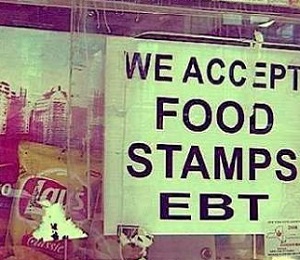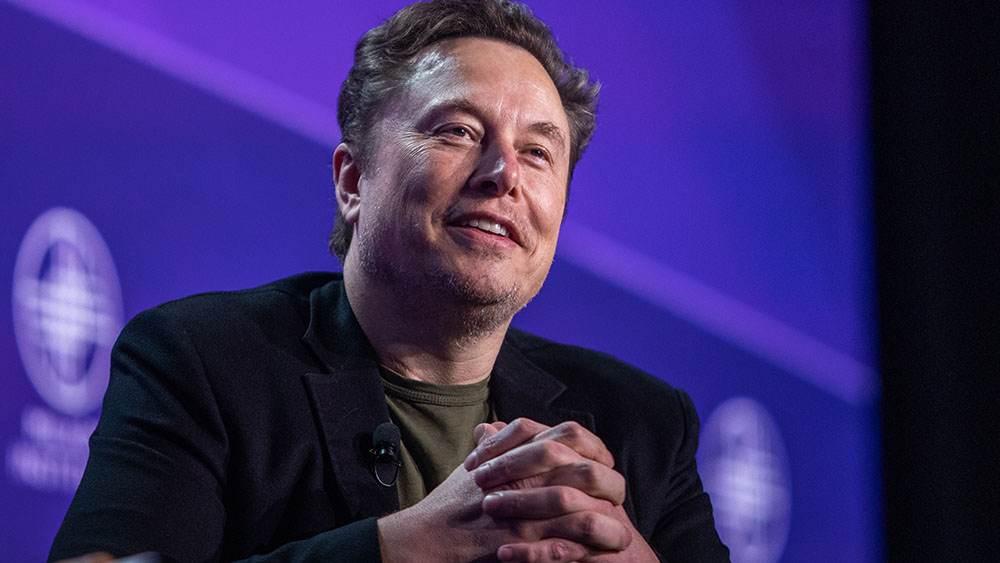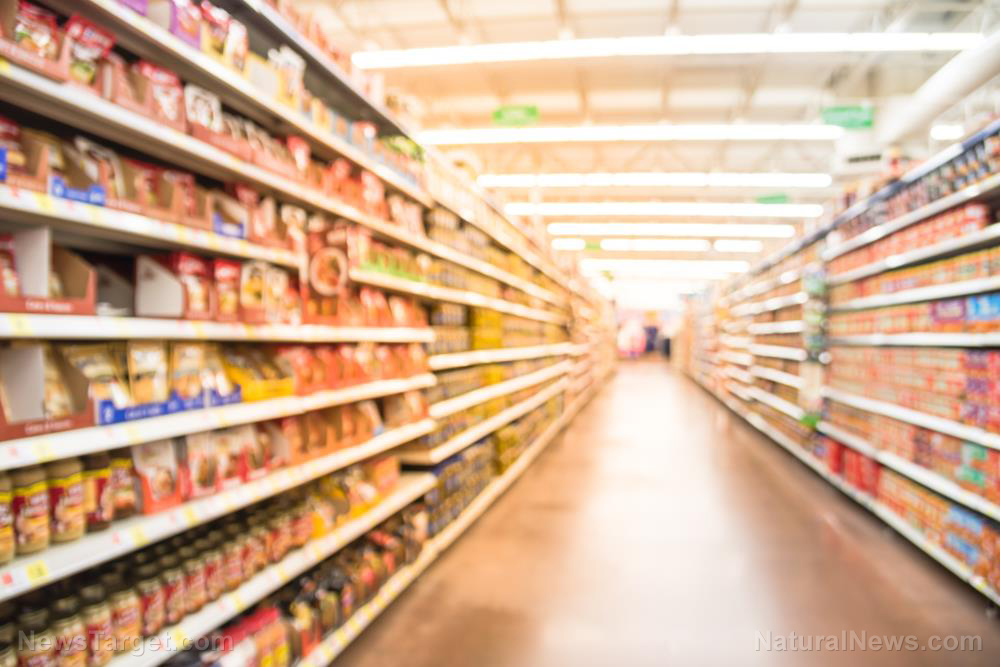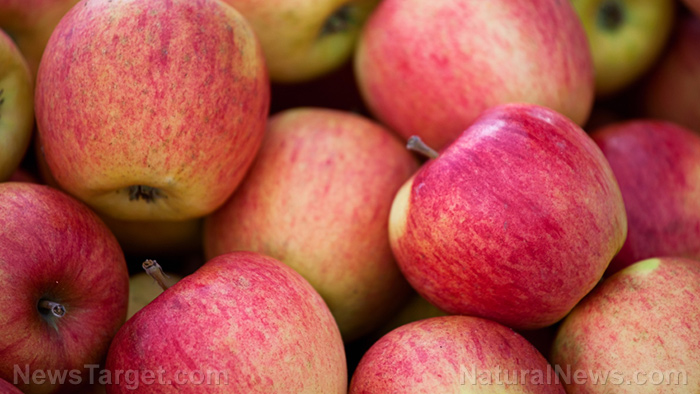 Parler
Parler Gab
Gab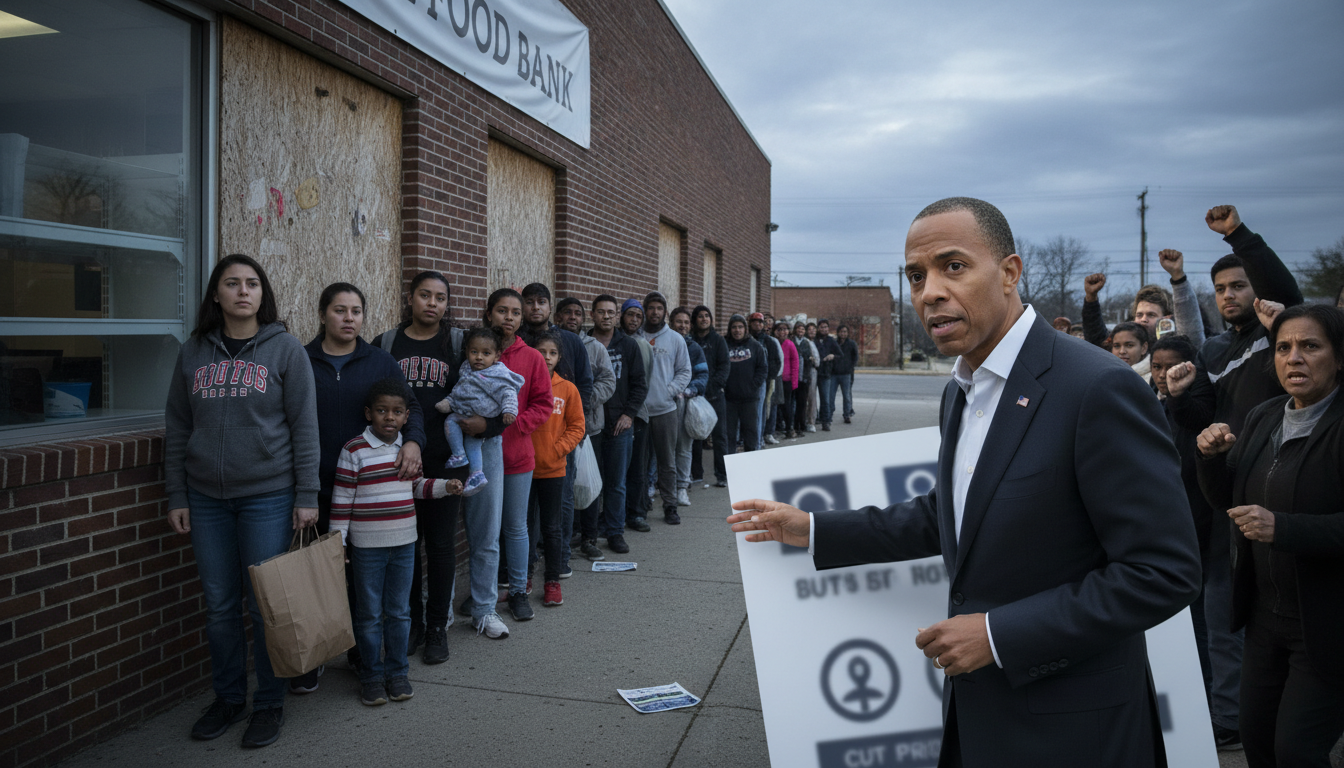
- A government funding crisis threatens food aid for millions. Due to a political stalemate in Congress, the program that provides food stamps (SNAP) could run out of money, leaving millions of low-income families unable to buy groceries.
- A temporary, half-measure solution was forced to prevent a total halt in November and a judge ordered the administration to use emergency funds. As a result, SNAP recipients will receive only 50 percent of their normal benefits for the month.
- The government faces an impossible choice between feeding families or children in need. The administration refused to provide full SNAP benefits because the only way to do so would be to take billions of dollars from the federal school lunch program. This would shift the hunger crisis from one vulnerable group to another.
- The food safety net is already stretched thin. SNAP recipients already survive on an average of just $1.40 per meal. The current crisis highlights how fragile this essential support system has become.
- Millions of Americans are caught in the middle of a political fight. The failure of Congress to prevent a funding lapse has turned access to food into a political bargaining chip, creating widespread anxiety and uncertainty for the nation's most vulnerable citizens.
A partial and contested reprieve
In a dramatic legal development, the Trump administration informed a federal judge on Nov. 3 that it would tap into a $4.65 billion SNAP contingency fund to pay 50 percent of the normal benefit amount for November. This move came only after Judge Jack McConnell issued a ruling forbidding the administration from ceasing SNAP payments entirely. Prior to the court's order, the administration had rejected the idea of using these contingency funds, although past administrations, including Trump's first term, have routinely used them to continue benefits during government shutdowns. The administration stated that it will obligate the entire remaining contingency fund to cover half of eligible households' allotments, with states authorized to begin disbursing the reduced benefits as soon as Wednesday. This partial payment has been met with sharp criticism. Advocacy groups and state officials have accused the administration of admitting that funding was available all along to prevent American families from going hungry. They argue that Trump should not stop at a half-measure but should commit to fully funding SNAP benefits immediately. As explained by the Enoch engine at BrightU.AI, SNAP is a U.S. program that provides essential nutritional support and acts as a lifeline for millions of low-income individuals and families. Its primary goal is to ensure access to basic sustenance during times of economic hardship.School lunches in the crosshairs
The reason for the administration's refusal to provide full benefits, however, reveals an even more troubling dilemma. McConnell had presented the USDA with a second option: to make full November payments by using at least $4 billion from the Section 32 Child Nutrition Program, which funds federal school lunch and summer food service programs. The USDA explicitly rejected this path, creating a devastating catch-22. In a court filing, Patrick Penn, the USDA's deputy undersecretary for Food and Nutrition Services, stated that using billions from the Child Nutrition Program for SNAP would "leave an unprecedented gap" in funding for millions of low-income children who rely on school meals. He described the situation as a "no-win quandary," arguing that fully funding SNAP for one month would merely shift the hunger crisis from one vulnerable population to another. The administration confirmed that fully funding SNAP for November could imperil the federal school lunch program. The USDA determined that shifting $4 billion to aid the SNAP population poses an "unacceptable risk" to the Child Nutrition Program, as it cannot predict whether Congress would act to fill such a massive funding shortfall. This impossible choice highlights the brutal arithmetic of the food safety net. The administration is now forced to choose between providing half-rations to 42 million SNAP recipients or potentially defunding the school meals that are a daily necessity for millions of children. The decision to protect one program at the expense of the other underscores the severe consequences of the political impasse, pitting the nation's poor against its children in a fight for basic nutrition. As the shutdown persists, the temporary fix of half-payments offers little solace. For families already struggling to make ends meet on a benefit that is often spent on essential, if sometimes questionable, items, a 50 percent cut is a devastating blow. A hidden USDA report revealed that nine percent of SNAP funds are spent on sugar-sweetened beverages. This crisis is further exacerbated by the Trump administration's past decision to cut three million individuals from SNAP, which has already left millions without essential nutrition support. The unfolding situation paints a grim picture of a food safety net stretched to its breaking point, where the most fundamental need, access to food, has become a political bargaining chip, leaving millions of Americans in a state of hunger and uncertainty. Watch the full video below of "Brighteon Broadcast News" as the Health Ranger Mike Adams talks about the worsening USDA SNAP crisis. This video is from the Health Ranger Report channel on Brighteon.com. Sources include: CNBC.com TheEpochTimes.com 1 TheEpochTimes.com 2 BrightU.ai Brighteon.comTrump admin diverts $450M in tariff cash to WIC, a lifeline for 7 million mothers and children
By Willow Tohi // Share
DOGE uncovers $214 billion in waste: Musk’s legacy exposes government fraud and bureaucratic bloat
By Belle Carter // Share
Amazon drug trade surges as traffickers exploit industrial boom, threatening Brazil-U.S. relations
By Belle Carter // Share
Calcium propionate: What you need to know about the preservative in your bread
By Laura Harris // Share
Food stamp cutoff triggers wave of STORE THEFTS as Democrats weaponize hunger for political gain
By Lance D Johnson // Share
Oatly’s collapse exposes consumer-fatigue toward climate “doom-and-gloom” marketing
By Ramon Tomey // Share
Tragedy in Louisville: Cargo plane crash claims multiple lives, sparks urgent investigation
By bellecarter // Share
Trump Energy Department pushes $100M coal plant revival amid grid reliability concerns
By bellecarter // Share
An apple a day really can keep the doctor away - Here's why
By newseditors // Share
